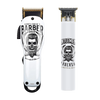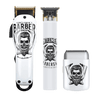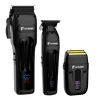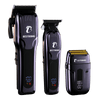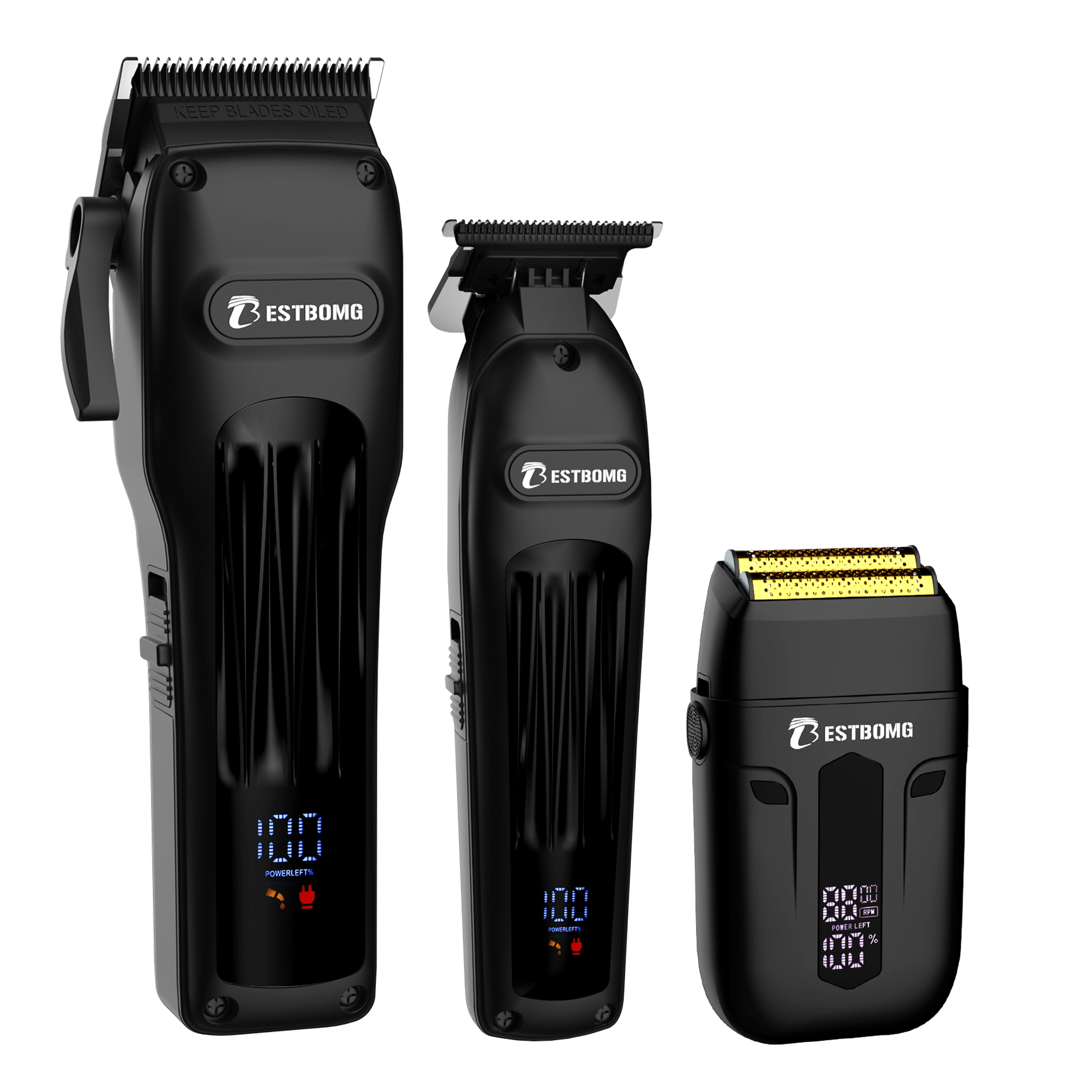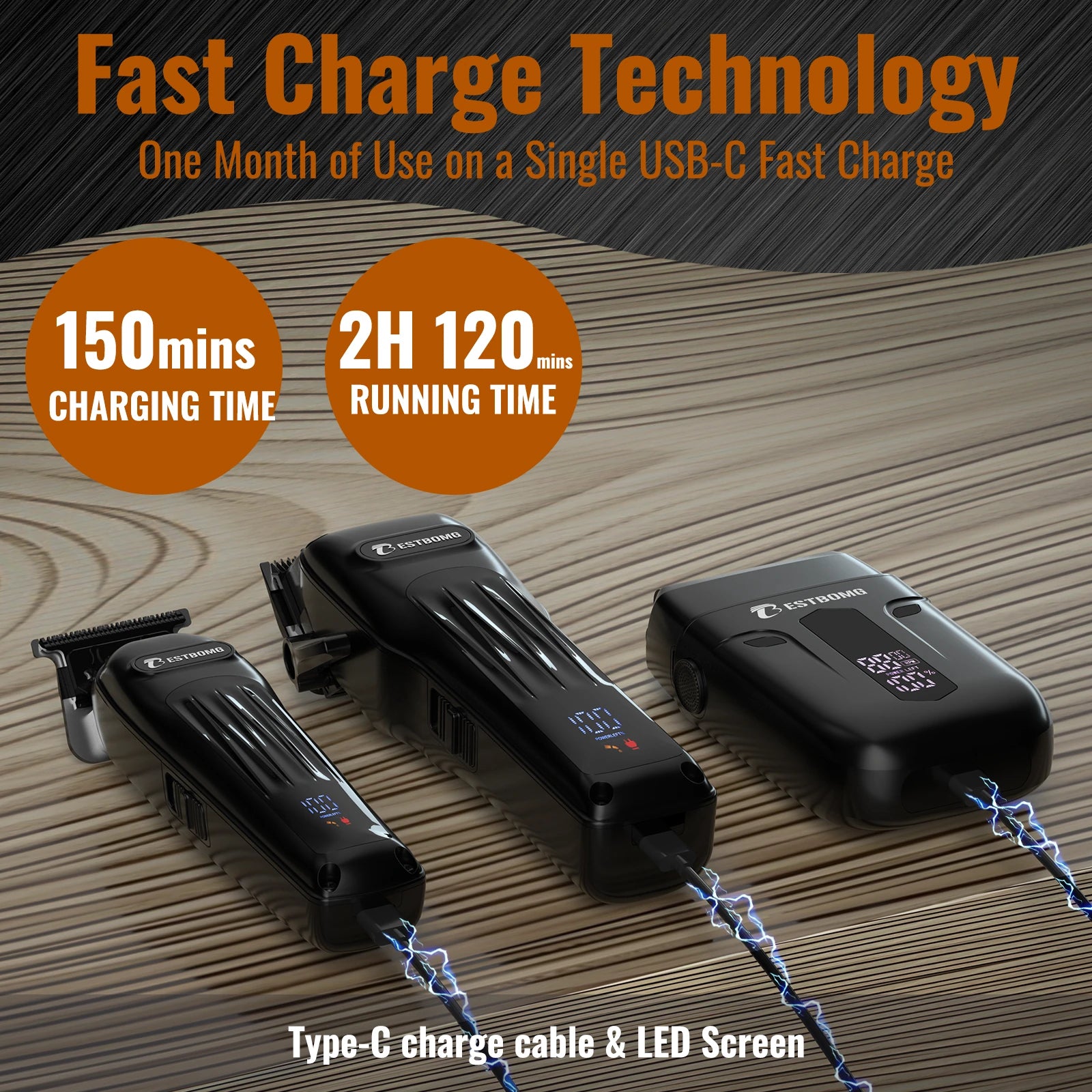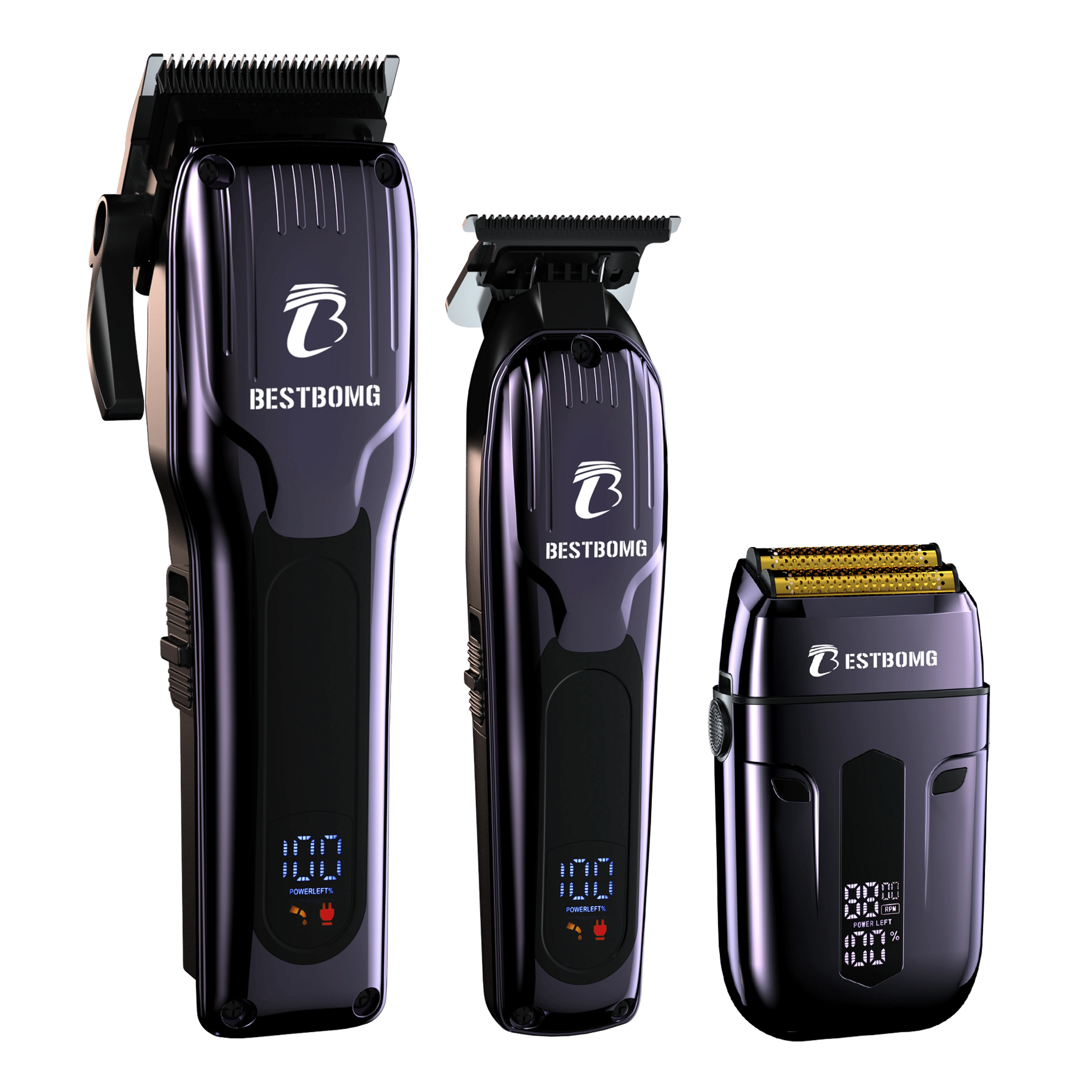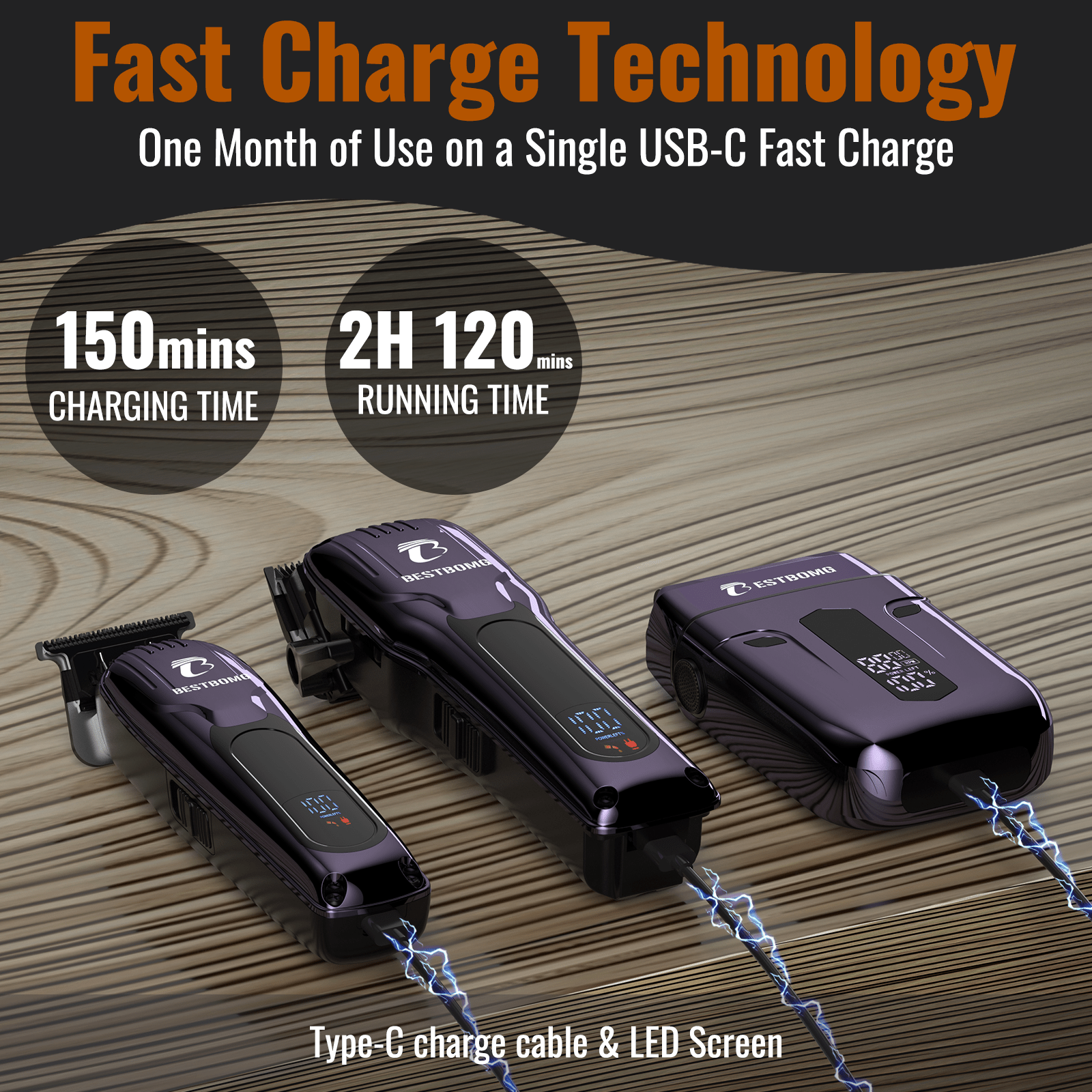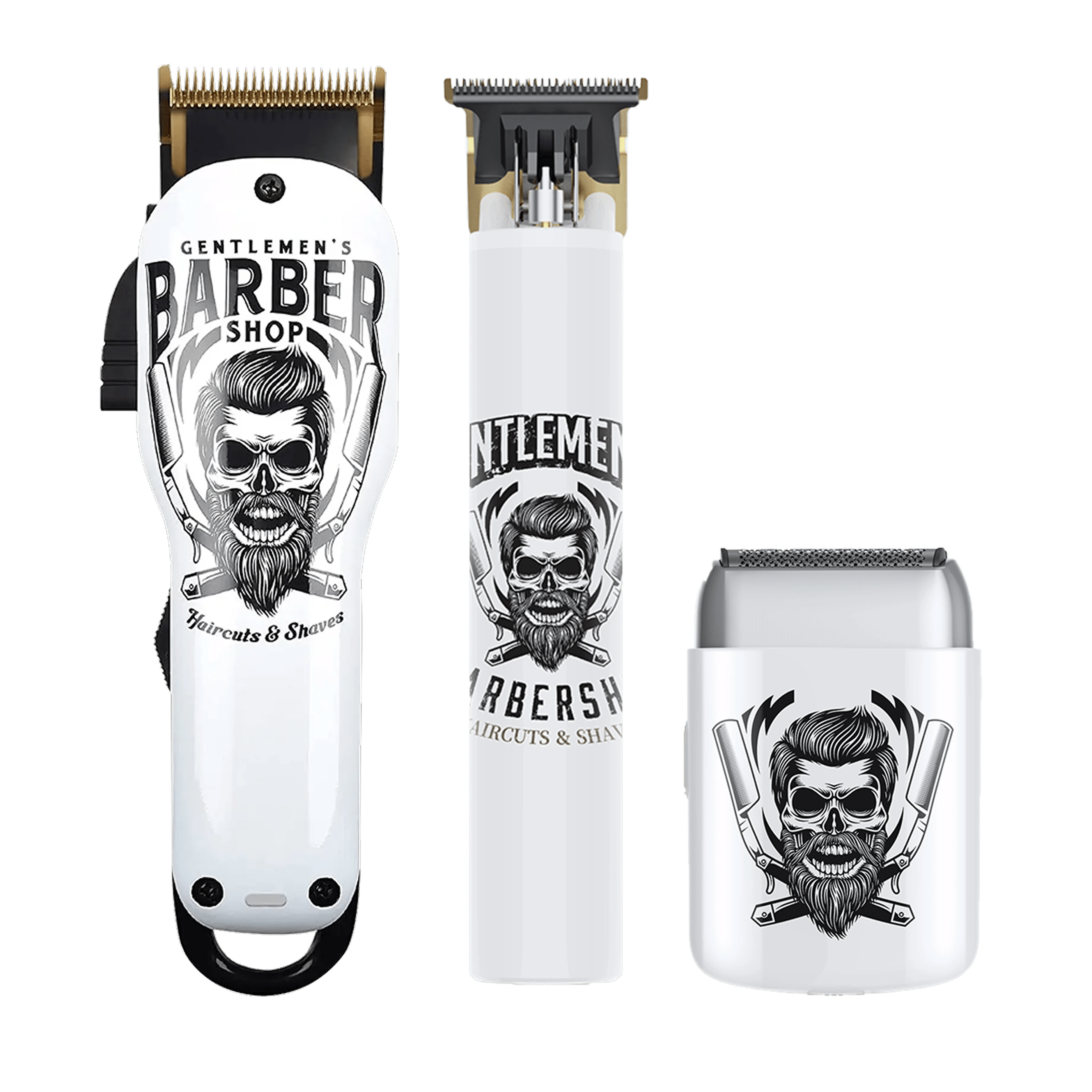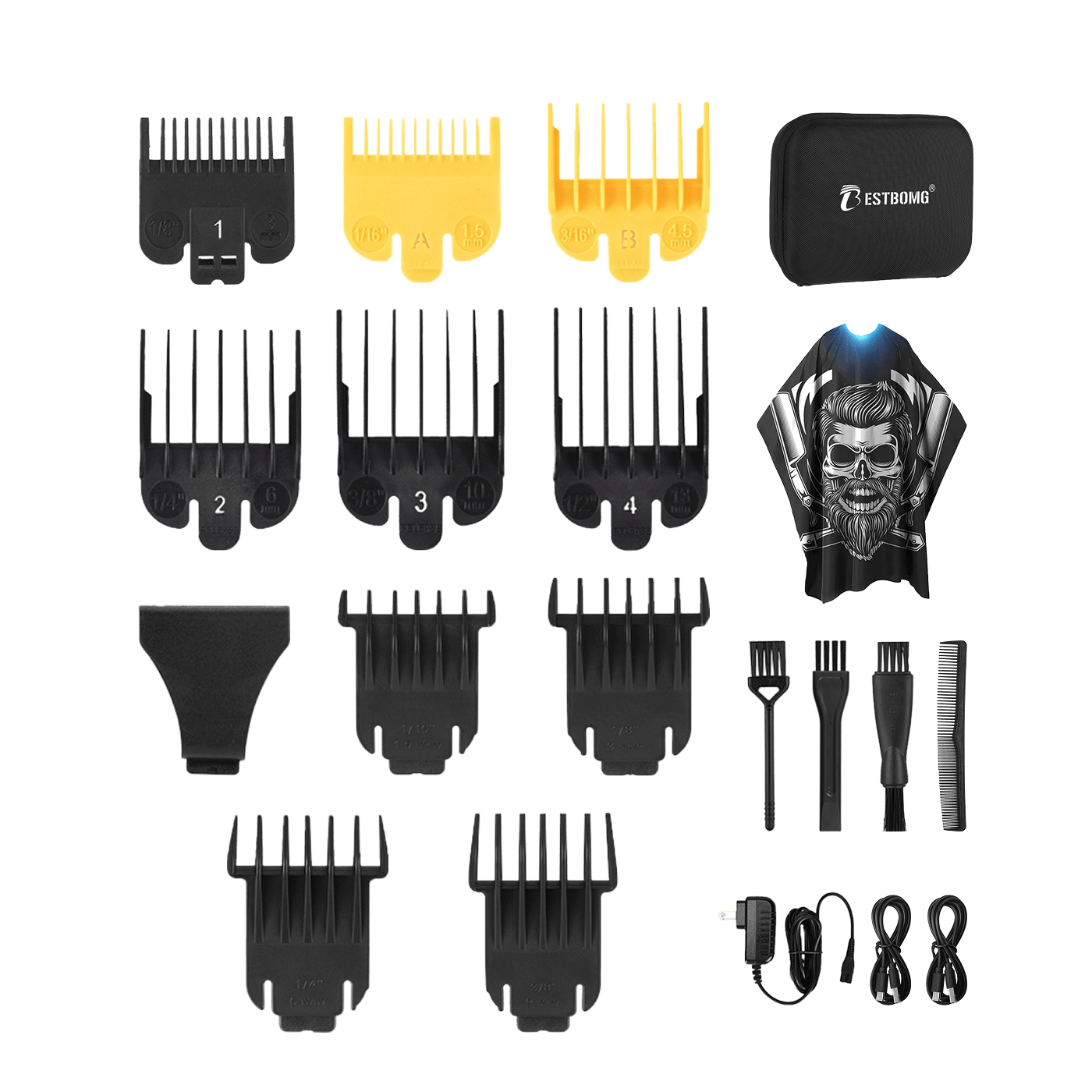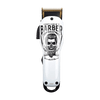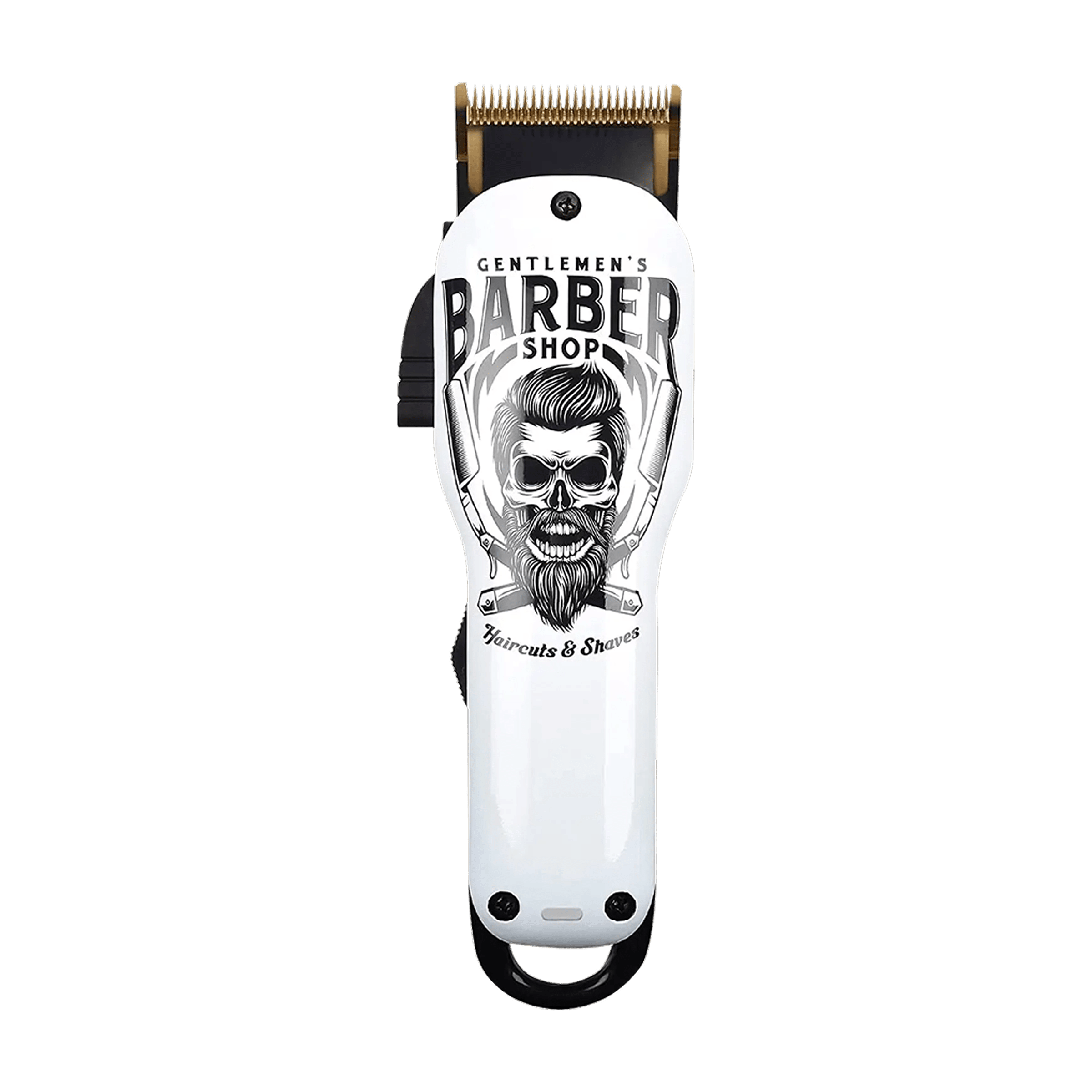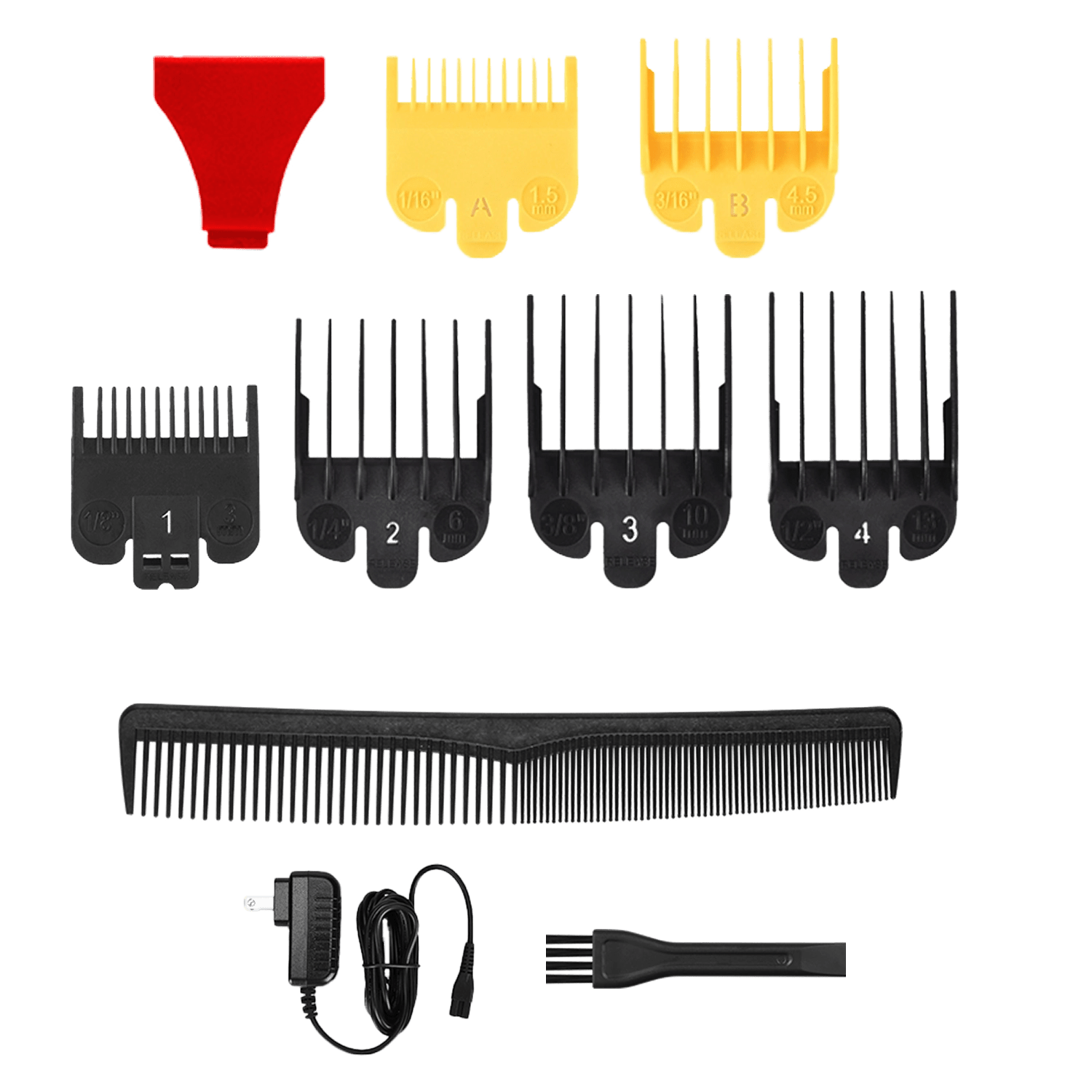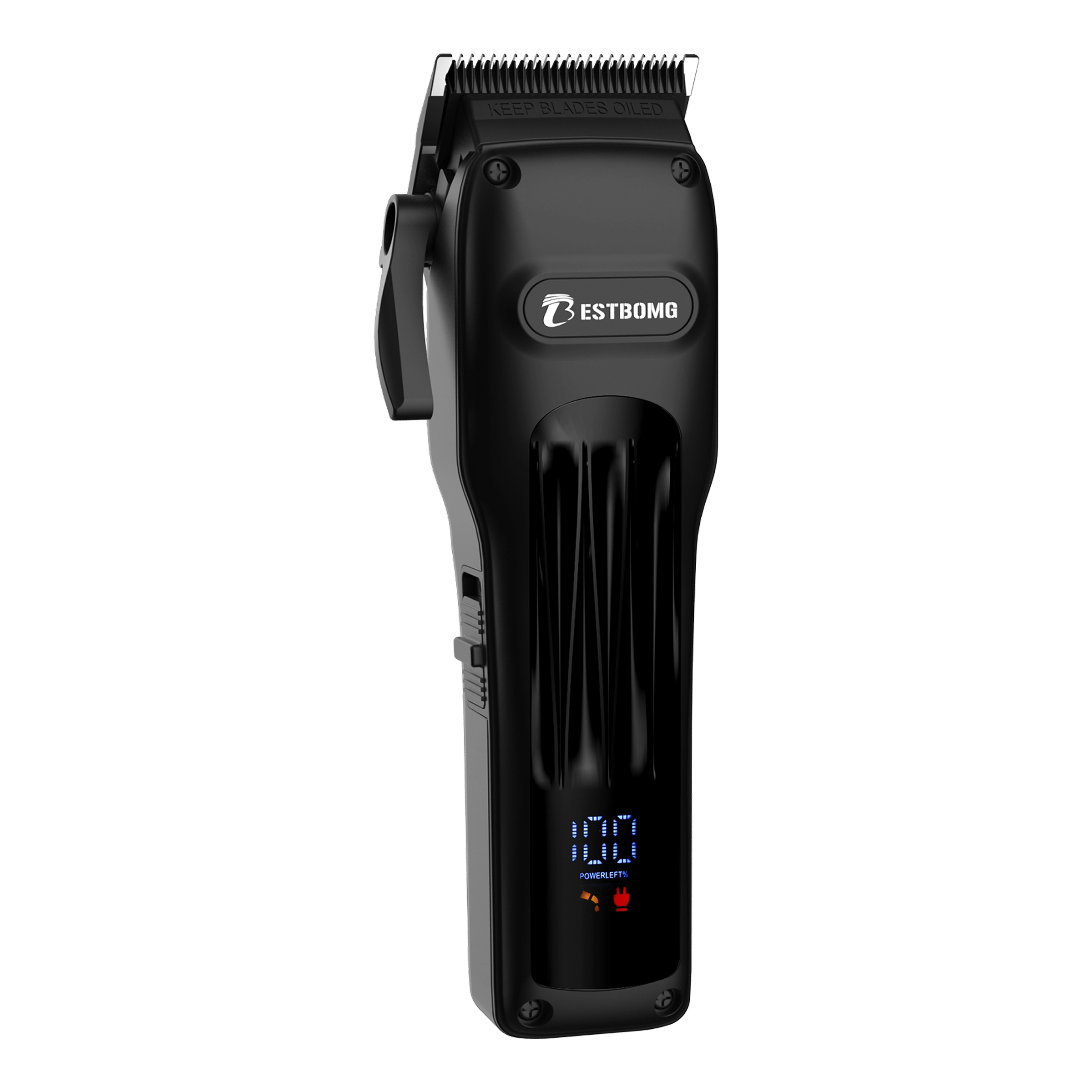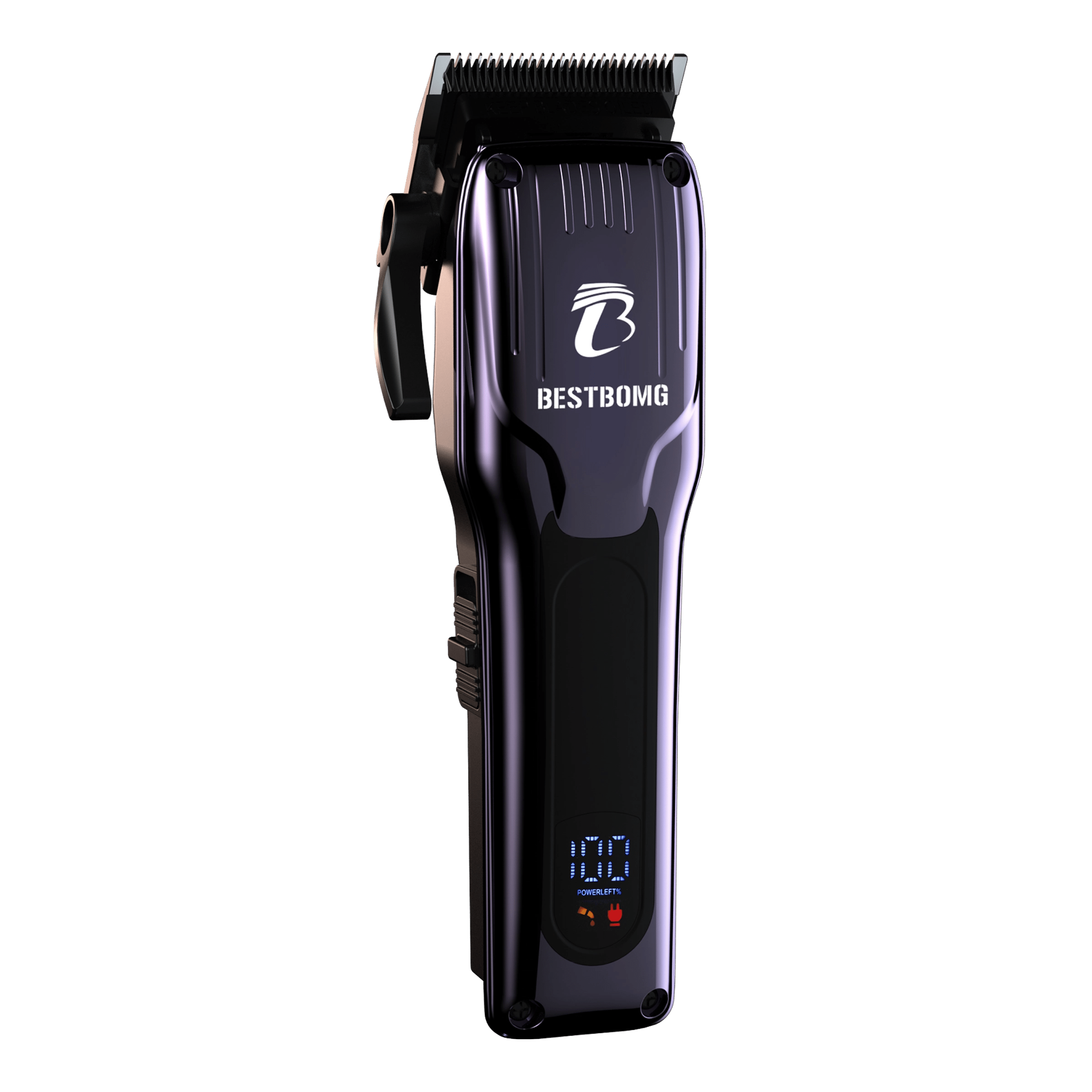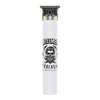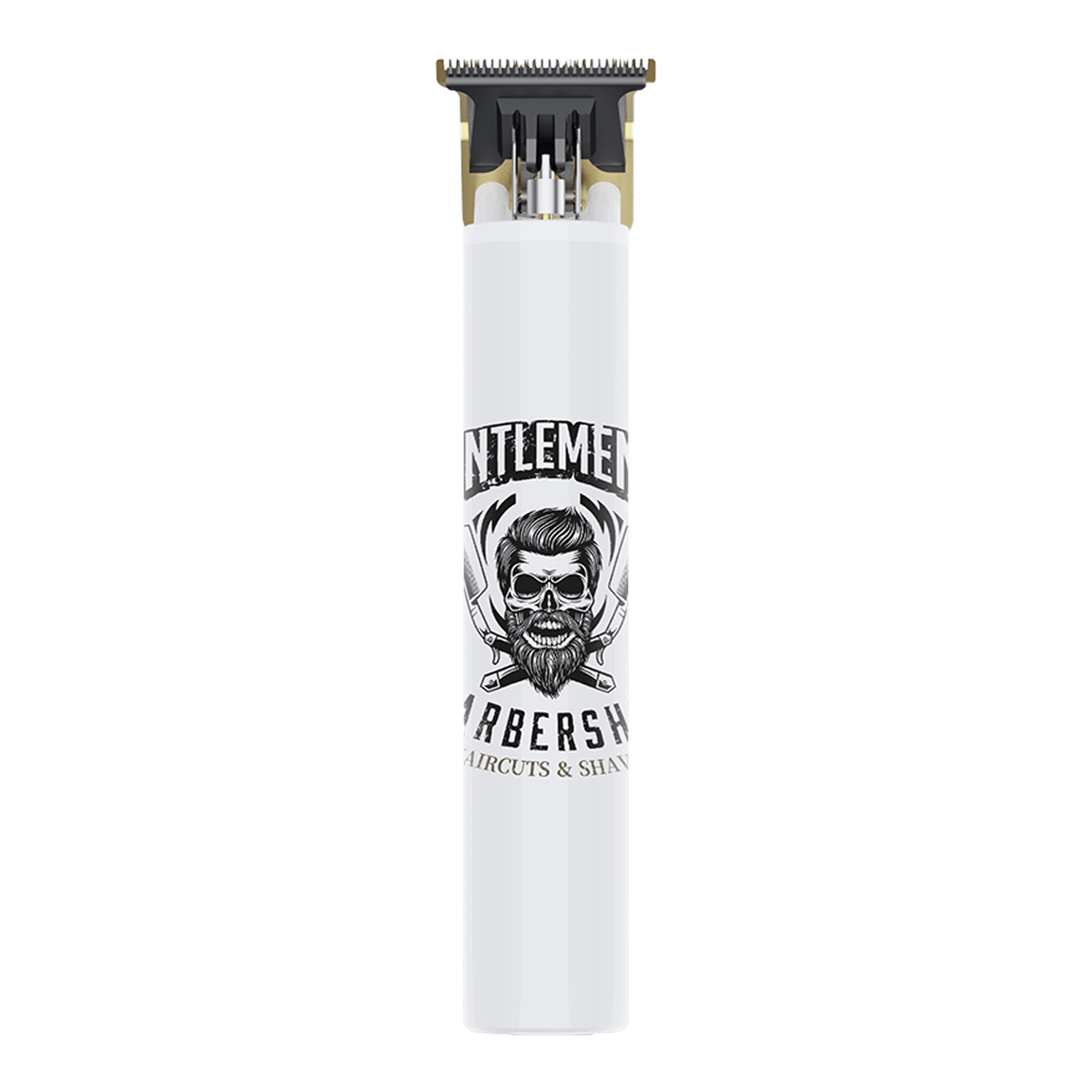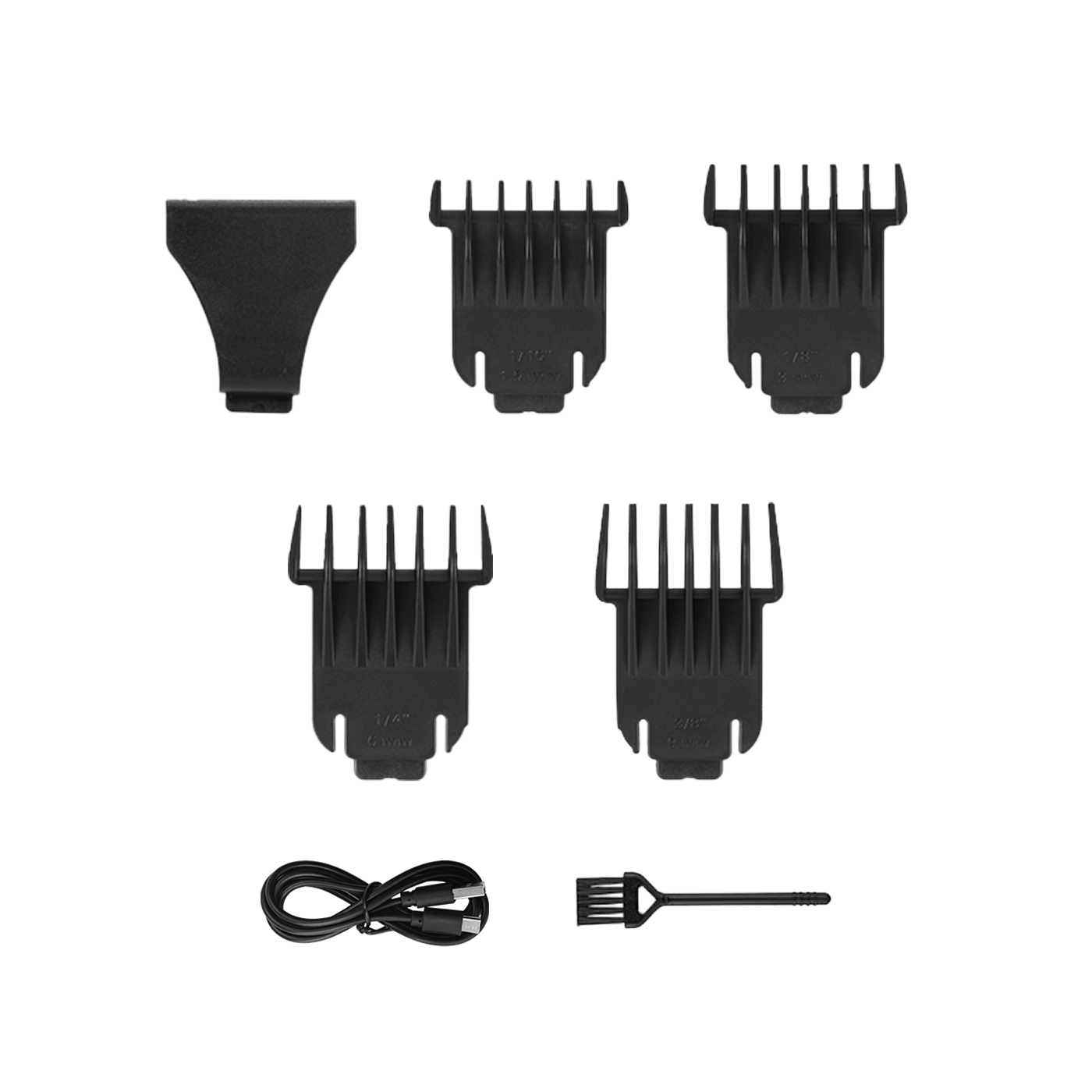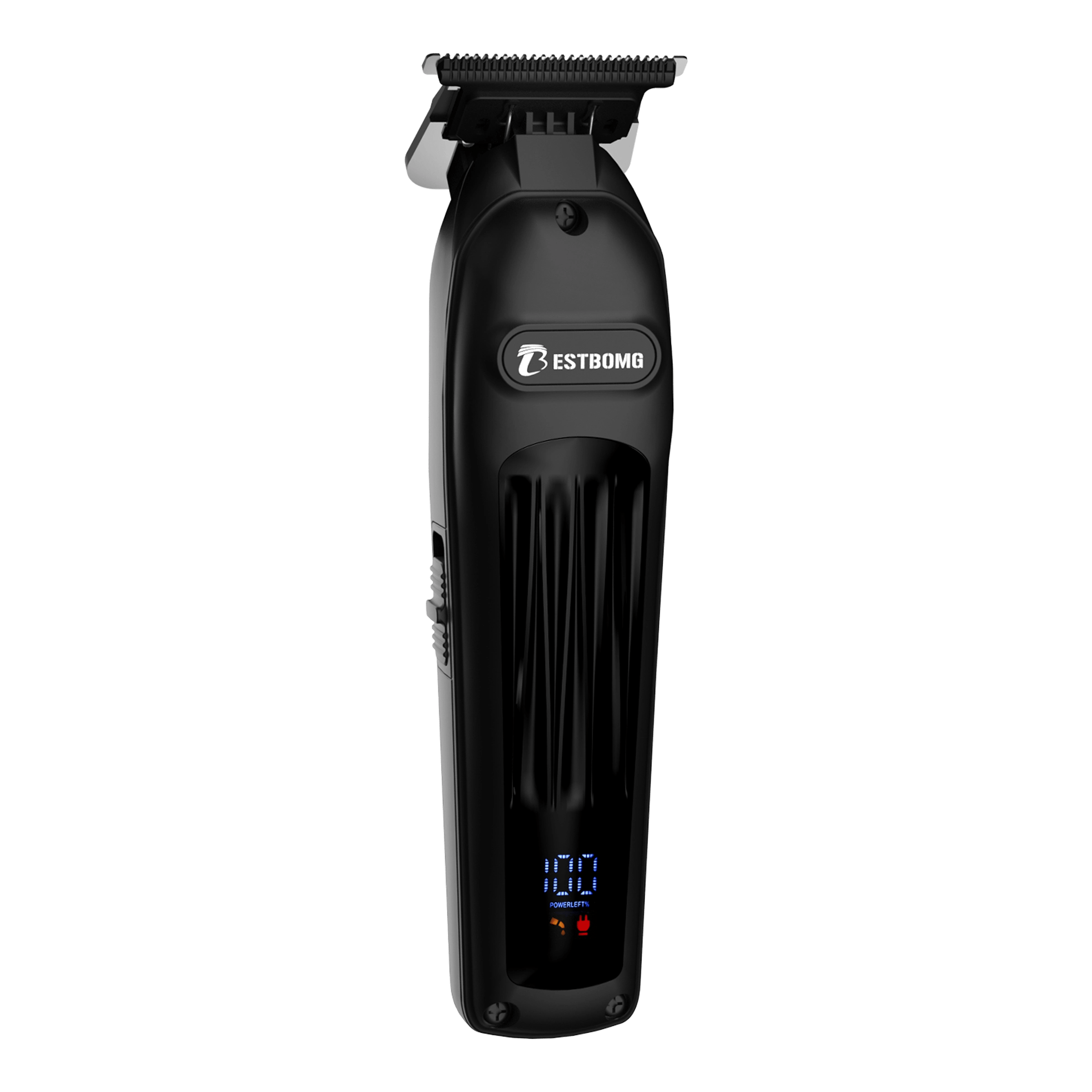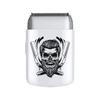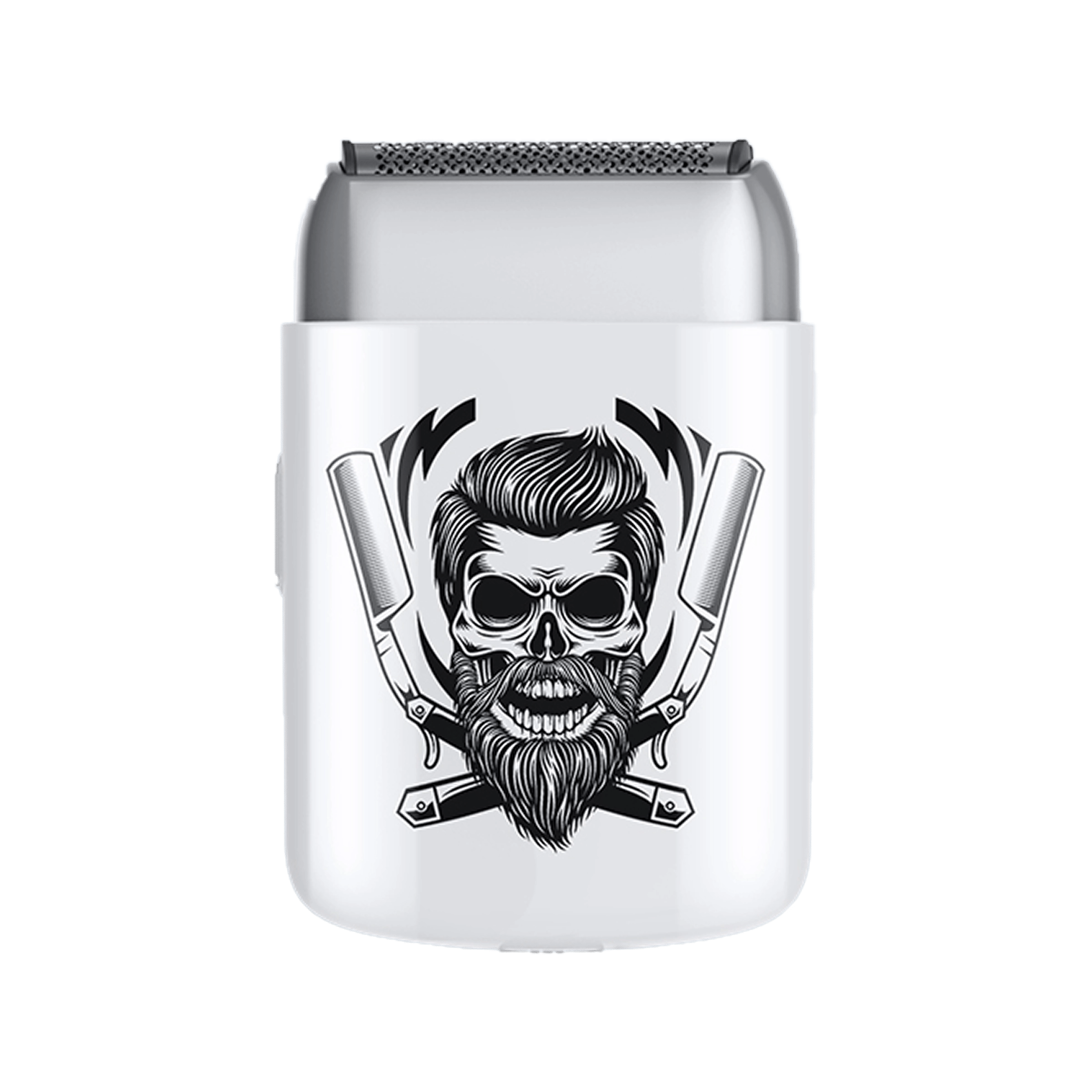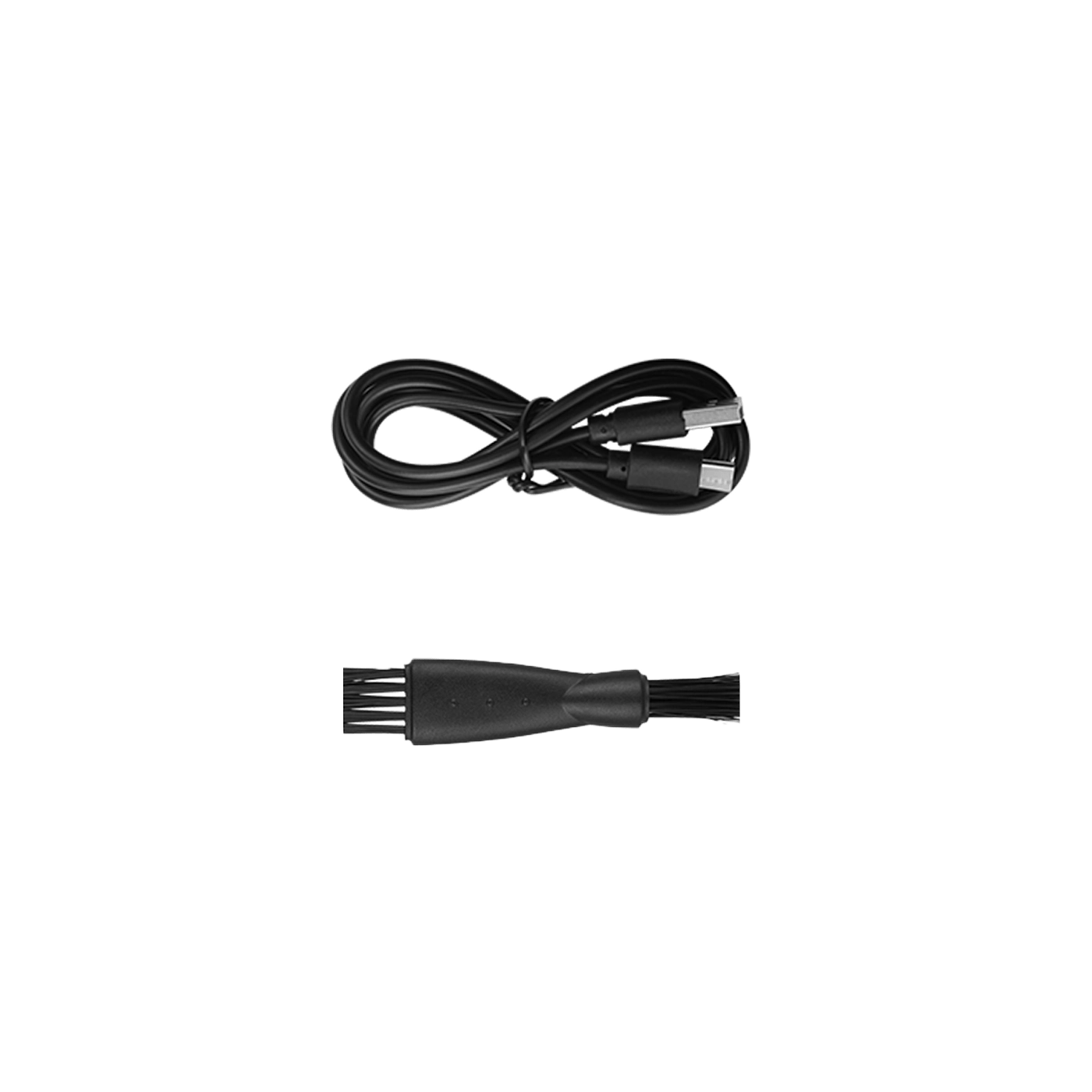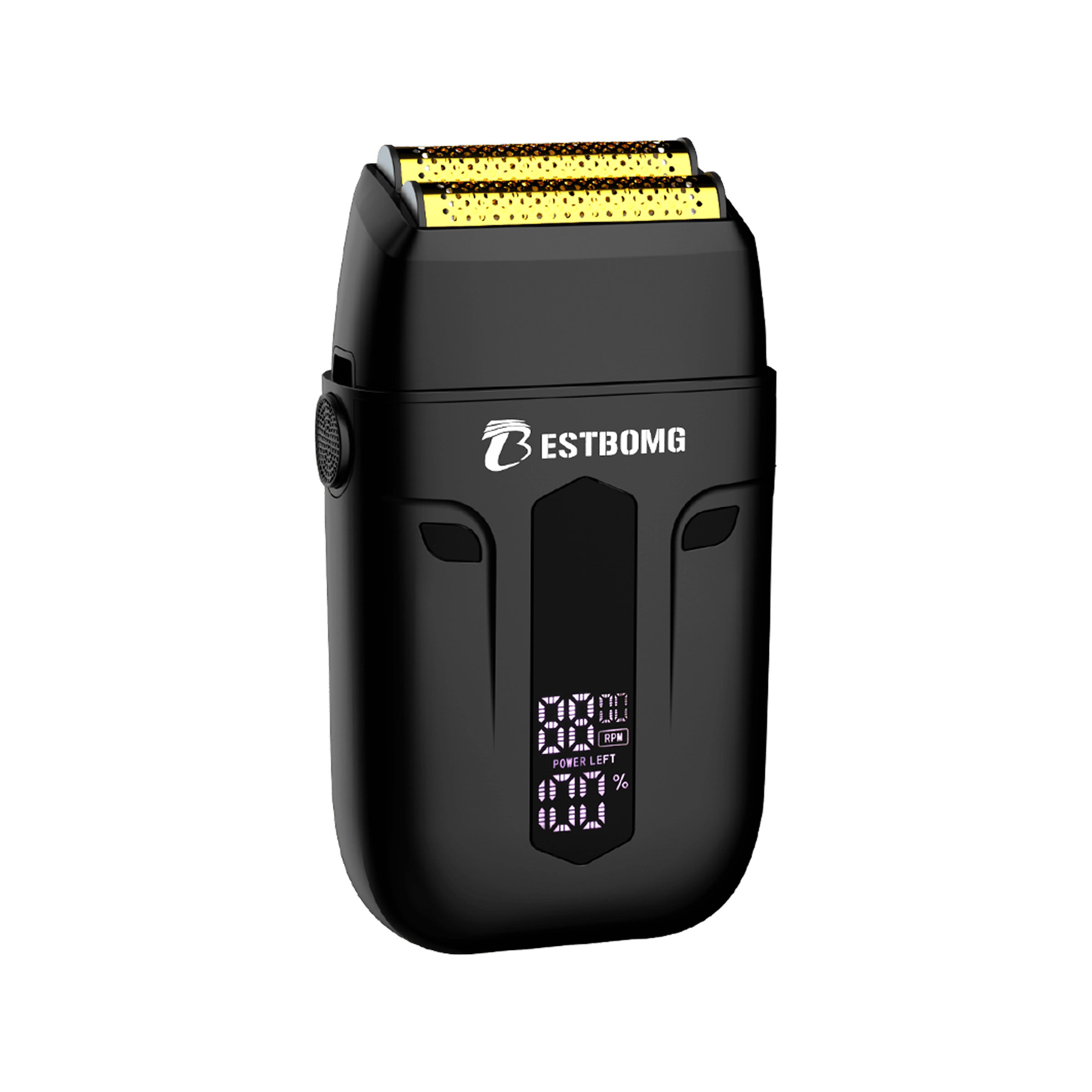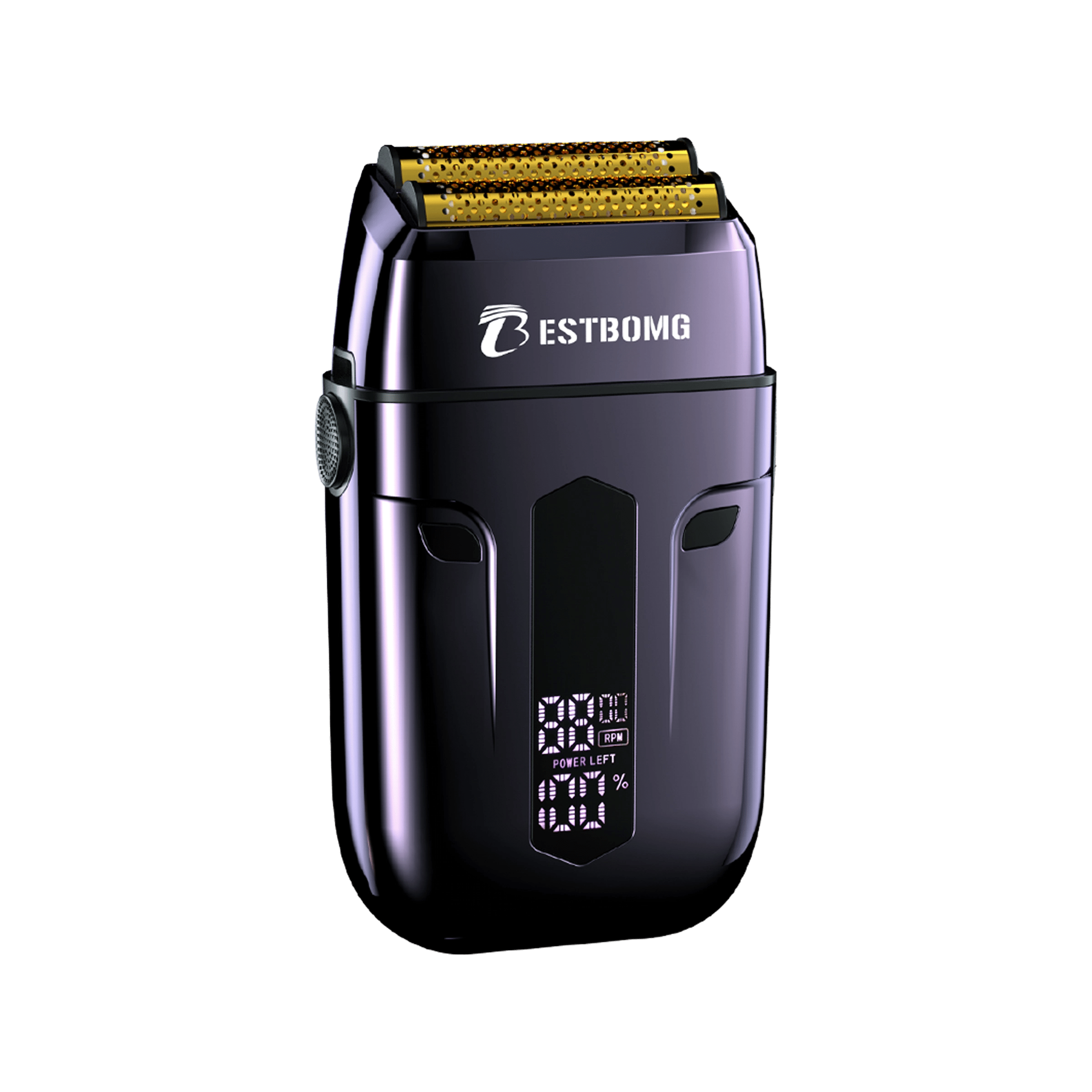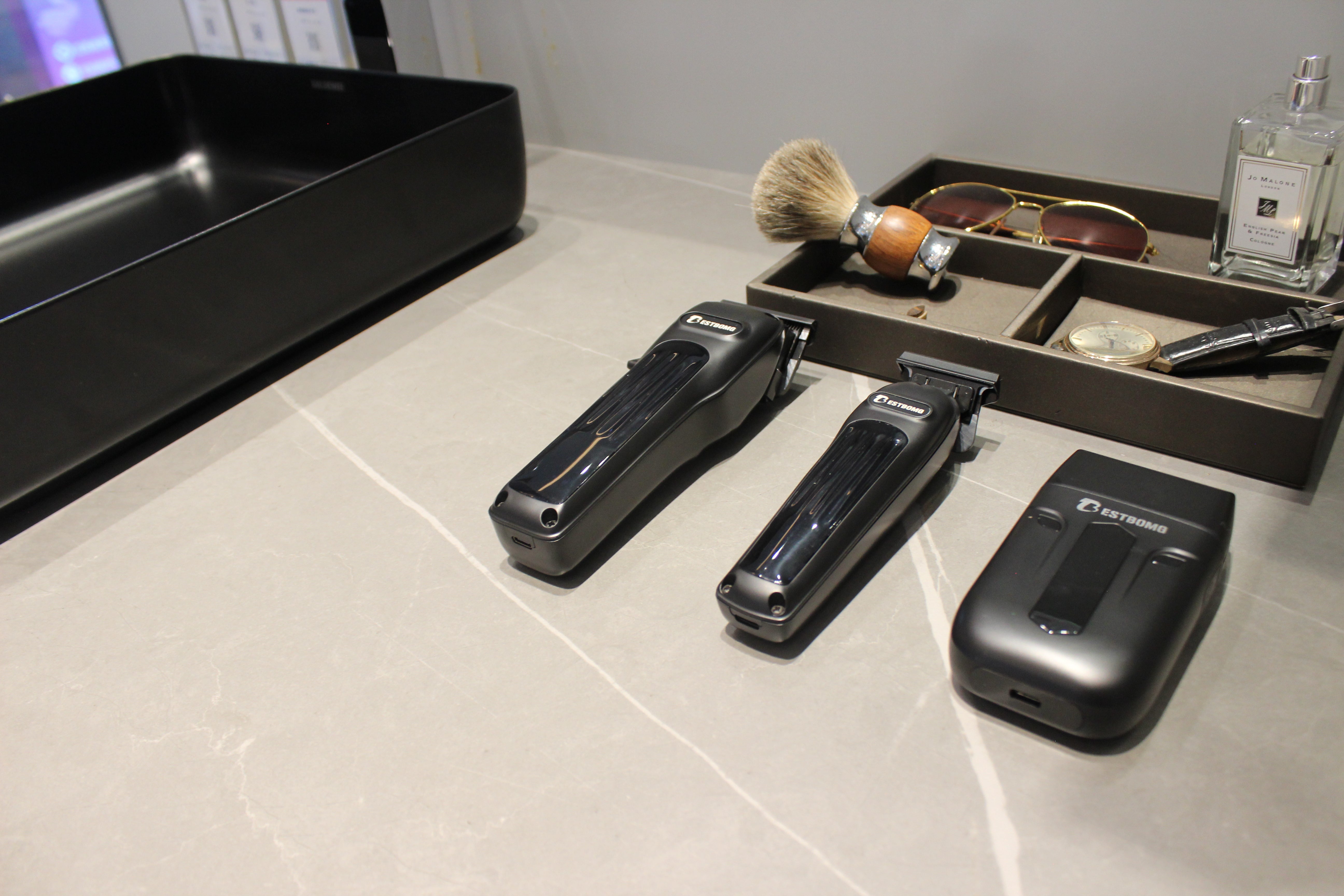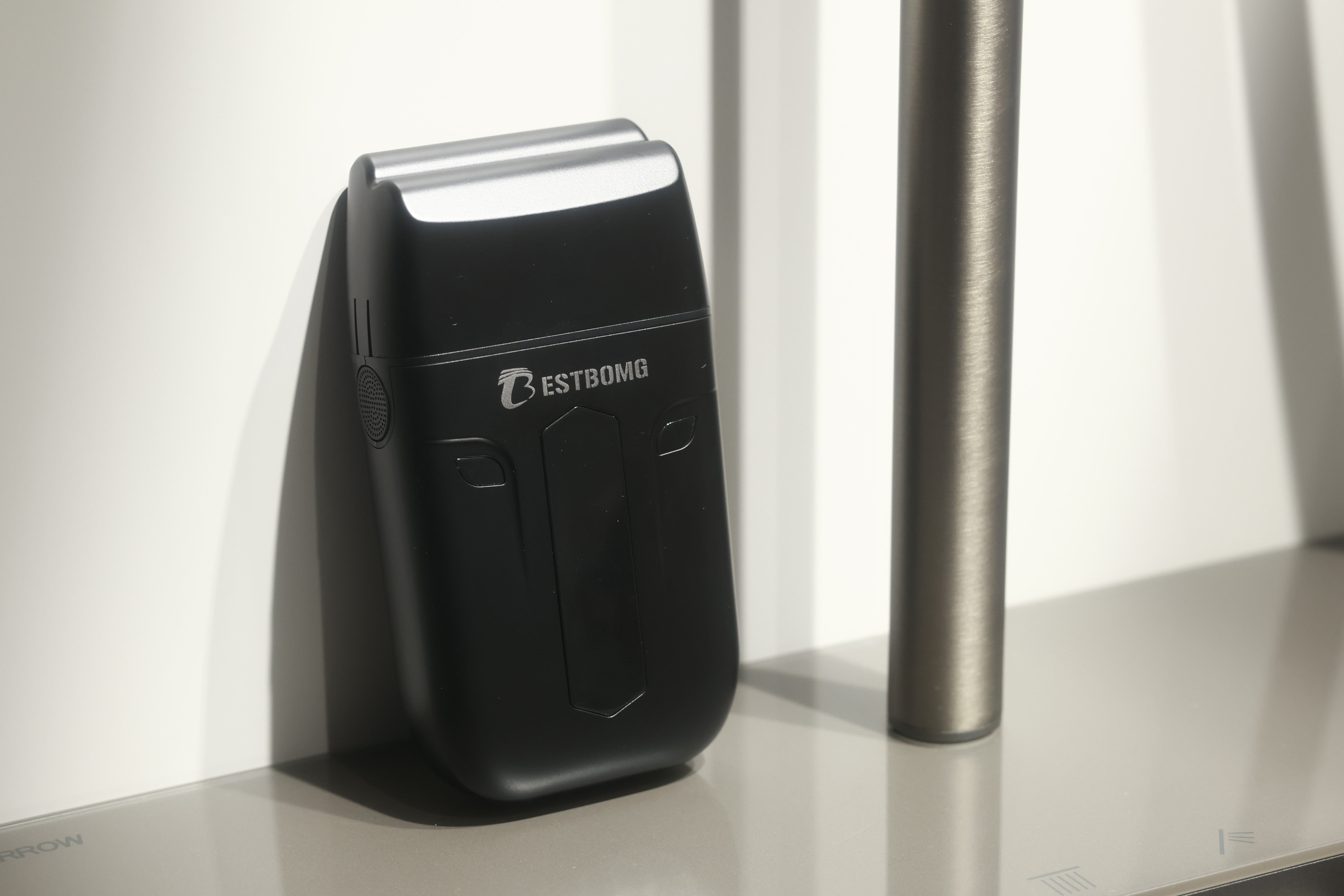If your clippers tug, run hot, or get louder over time, odds are they’re dry. The fix is fast: a few drops of clipper oil—done right and done often. In this guide, you’ll learn how to oil hair clippers, how often to oil clippers, what oil to use (and avoid), how to oil a trimmer, and a quick routine for trimming a beard with clippers without snags. We’ll also point you to budget‑friendly tools from BESTBOMG if you’re building a home kit.
The 10‑second answer (oiling, simplified)
-
Clean hair off the blade.
-
With the clipper running and the blade facing down, place 3 drops across the teeth and 1 drop on each back rail (5 drops total).
-
Let it run 5–10 seconds to spread, then wipe excess.
This is the pro “5‑point oiling” pattern many brands teach to reduce friction and heat.
Why oiling matters (and what it fixes)
-
Less friction → cooler, quieter cutting. Dry blades rub metal‑on‑metal, creating heat, noise, and premature wear. A thin oil film restores glide.
-
Cleaner lines, fewer snags. Lubrication helps the moving blade track smoothly so it slices instead of tugging.
-
Longer blade life. Oil reduces micro‑corrosion and keeps the edge sharper, longer.
What oil should you use?
Use clipper oil (a high‑purity, light mineral oil). It’s thin enough to flow between the teeth, stable under heat, and non‑gumming. Wahl’s Safety Data Sheet lists white mineral oil (CAS 8042‑47‑5) as the base of its clipper oil—exactly what your blades need.
Avoid “household” oils unless your brand explicitly allows them. Manufacturer pages specifically recommend clipper‑specific oil; some note that using other oils can damage or impair performance. When in doubt, follow your brand’s guidance.
Step‑by‑step: how to oil clippers (the safe, repeatable way)
Before you start: Power off, brush out hair with a clipper brush, and—if your model is rinse‑safe—make sure the blade is clean and dry.
- Turn the clipper on and tilt the blade downward (teeth pointing to the floor). This keeps oil from running back toward the motor.
- Apply 3 small drops across the teeth—left, center, right. Then add 1 tiny drop on each back rail (where the moving blade slides).
- Let it run 5–10 seconds so the oil “walks” across the cutting surfaces.
- Wipe away excess with a clean cloth or paper towel. A thin sheen is perfect; drips attract lint.
Where exactly do the drops go?
Brands commonly show one drop at each corner of the top blade, one in the center along the teeth, plus one on each rail—that’s the reliable “5‑point” pattern you see in manufacturer diagrams and pro maintenance sheets.
How often should you oil hair clippers?
- At home: After every use is the simple rule. Some brands also suggest before a session and after—especially if you cleaned with liquid.
- In the shop (barbers): Between every haircut (yes, that often). A few drops take seconds and keep tools cool and sanitary.
Quick schedule to copy:
- Light home use (weekly trims): oil after every use.
- Family cutting (multiple heads): oil before first cut, between cuts if it warms up, and after final clean.
- Pro use: between every client (clean + disinfect + oil).
Can you use hair clippers on a beard?
Yes. Hair clippers with guards are great for medium‑to‑long beards (even, bulk removal). Trimmers cut closer and narrower for edges and short stubble. Manufacturers describe trimmers as the detail tool for face and neck, while clippers do length and bulk. Use both for a polished result.
How to trim a beard with clippers (fast recipe)
- Comb and de‑tangle.
- Start with a longer guard than you think (e.g., #5–#6); trim with the grain.
- Step down one guard at a time until the bulk looks right.
- Switch to a trimmer (or the clipper with no guard) to outline cheeks, mustache borders, and neckline.
- Clean + oil both tools so they’re ready next time. (Trimmer oiling is identical to clipper oiling—tiny drops, run, wipe.)
Beard trimmer oil = clipper oil
“Beard trimmer oil” is typically the same light mineral oil used on clipper blades. Apply sparingly, run the tool to distribute, wipe excess—exactly the same method. (Multiple brand and grooming guides teach this identical approach.)
Troubleshooting: what oiling can (and can’t) solve
- Tugging or pulling: Clean hair out, oil with the 5‑point pattern, then test. If it still tugs, check blade alignment or consider replacing/sharpening.
- Heat/“hot blade”: You’re likely under‑oiled or there’s debris under the blade. Clean, oil, and run 10 seconds. Cooling/disinfectant sprays help between clients.
- Noise/vibration: Oil first. If rattling persists, inspect screws/alignment. (Vibrating clippers can drift out of tune and need adjustment.)
- Rust spots: Remove the blade, clean and dry thoroughly, then oil lightly. Store in a low‑moisture case.
Cleaning + oiling = best practice
Oiling works best after you’ve cleaned the blade (brush or rinse if waterproof) and dried it completely. Some manufacturer pages show oiling with the clipper tilted down and running—this spreads oil without flooding the housing.
Sanitation for shared tools: Disinfect between users, then re‑oil (disinfectants displace lubrication). Many pros use a 5‑in‑1 spray to cool, clean, and disinfect—then add 1–2 drops of oil for lasting lubrication.
Beginner mistakes to avoid
- Too much oil. A thin film is perfect; puddles attract lint. Wipe excess.
- Oiling without cleaning. Hair and grit turn oil into sludge; brush first.
- Wrong oil. Stick to clipper oil (white mineral oil). Brand pages caution against “other oils.”
-
Oiling with the blade up. Tilt down so oil doesn’t run into the motor.
A note on guard sizes (for beard & hair length)
If you’re also cutting hair or shaping beards with guards, here’s the common chart many beginners use: #1 ≈ 1/8 in (3 mm), #2 ≈ 1/4 in (6 mm), #3 ≈ 3/8 in (10 mm), #4 ≈ 1/2 in (13 mm), #5 ≈ 5/8 in (16 mm), #6 ≈ 3/4 in (19 mm), #7 ≈ 7/8 in (22 mm), #8 ≈ 1 in (25 mm).
Make oiling effortless (copy this 60‑second routine)
- Brush off hair.
- Spray/disinfect (if shared), let sit per label, then wipe dry.
- Oil 5 points with the blade down and running for 5–10 seconds.
- Wipe excess, snap on the blade guard, and store dry.
Final word
If you remember one thing from this guide, make it this: tiny drops, every time. Clean first, oil the five points with the blade down and running, wipe, and store dry. That 60‑second habit keeps your clippers and trimmers cool, quiet, and sharp—so your at‑home haircuts and beard trims feel pro, not patchy.
Frequently Asked Questions
How do I oil my clippers?
Clean and dry the blade, turn the clipper on, tilt the blade down, apply 3 drops across the teeth and 1 drop on each rail, run 5–10 seconds, then wipe excess. This is the standard pattern shown across pro and manufacturer guides.
How often do I oil hair clippers?
At home, after every use (and also before, if you’ve deep‑cleaned). In a barbershop, between every haircut. Keeping a thin oil film prevents heat, noise, and tugging.
Do you need special oil for hair clippers?
Yes—use clipper oil (light, refined white mineral oil). Manufacturer docs identify mineral oil as the base and recommend purpose‑made oil for best results; some caution against “other oils.”
How to apply oil to your trimmer?
Exactly like clippers: tiny drops on the teeth and rails, run briefly, wipe excess. Grooming guides list identical steps for trimmers to reduce friction and extend life.
Can you use hair clippers on a beard?
Yes—use guards to set beard length, then a trimmer for crisp edges. Brands describe trimmers as the detail tool that cuts closer on the face/neck, with clippers handling bulk and length.
